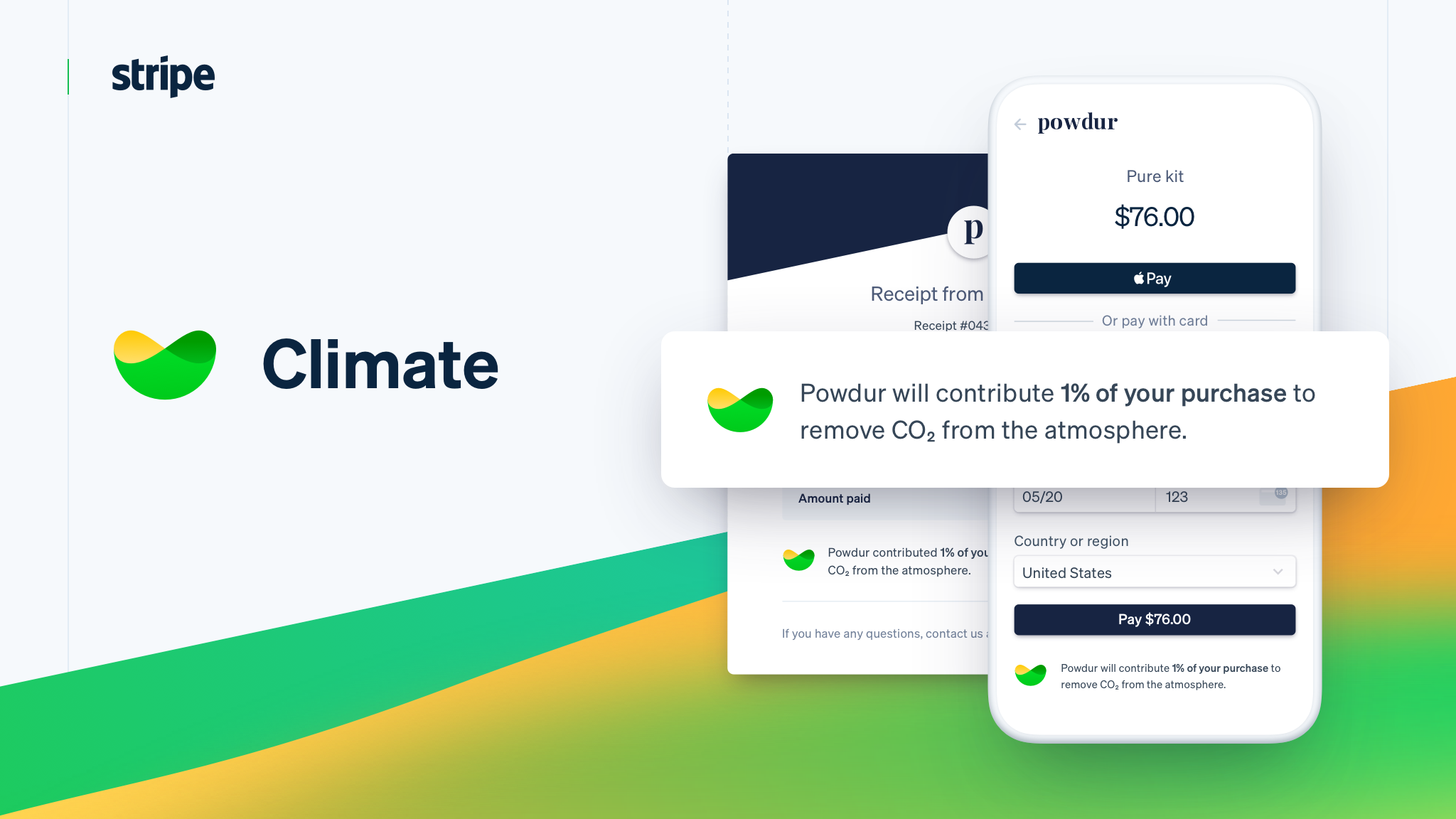Objectives and Study Scope
This study has assimilated knowledge and insight from business and subject-matter experts, and from a broad spectrum of market initiatives. Building on this research, the objectives of this market research report is to provide actionable intelligence on opportunities alongside the market size of various segments, as well as fact-based information on key factors influencing the market- growth drivers, industry-specific challenges and other critical issues in terms of detailed analysis and impact.
The report in its entirety provides a comprehensive overview of the current global condition, as well as notable opportunities and challenges.
The analysis reflects market size, latest trends, growth drivers, threats, opportunities, as well as key market segments. The study addresses market dynamics in several geographic segments along with market analysis for the current market environment and future scenario over the forecast period.
The report also segments the market into various categories based on the product, end user, application, type, and region.
The report also studies various growth drivers and restraints impacting the market, plus a comprehensive market and vendor landscape in addition to a SWOT analysis of the key players.
This analysis also examines the competitive landscape within each market. Market factors are assessed by examining barriers to entry and market opportunities. Strategies adopted by key players including recent developments, new product launches, merger and acquisitions, and other insightful updates are provided.
Research Process & Methodology
We leverage extensive primary research, our contact database, knowledge of companies and industry relationships, patent and academic journal searches, and Institutes and University associate links to frame a strong visibility in the markets and technologies we cover.
We draw on available data sources and methods to profile developments. We use computerised data mining methods and analytical techniques, including cluster and regression modelling, to identify patterns from publicly available online information on enterprise web sites.
Historical, qualitative and quantitative information is obtained principally from confidential and proprietary sources, professional network, annual reports, investor relationship presentations, and expert interviews, about key factors, such as recent trends in industry performance and identify factors underlying those trends - drivers, restraints, opportunities, and challenges influencing the growth of the market, for both, the supply and demand sides.
In addition to our own desk research, various secondary sources, such as Hoovers, Dun & Bradstreet, Bloomberg BusinessWeek, Statista, are referred to identify key players in the industry, supply chain and market size, percentage shares, splits, and breakdowns into segments and subsegments with respect to individual growth trends, prospects, and contribution to the total market.
Research Portfolio Sources:
BBC Monitoring
BMI Research: Company Reports, Industry Reports, Special Reports, Industry Forecast Scenario
CIMB: Company Reports, Daily Market News, Economic Reports, Industry Reports, Strategy Reports, and Yearbooks
Dun & Bradstreet: Country Reports, Country Riskline Reports, Economic Indicators 5yr Forecast, and Industry Reports
EMIS: EMIS Insight and EMIS Dealwatch
Enerdata: Energy Data Set, Energy Market Report, Energy Prices, LNG Trade Data and World Refineries Data
Euromoney: China Law and Practice, Emerging Markets, International Tax Review, Latin Finance, Managing Intellectual Property, Petroleum Economist, Project Finance, and Euromoney Magazine
Euromonitor International: Industry Capsules, Local Company Profiles, Sector Capsules
Fitch Ratings: Criteria Reports, Outlook Report, Presale Report, Press Releases, Special Reports, Transition Default Study Report
FocusEconomics: Consensus Forecast Country Reports
Ken Research: Industry Reports, Regional Industry Reports and Global Industry Reports
MarketLine: Company Profiles and Industry Profiles
OECD: Economic Outlook, Economic Surveys, Energy Prices and Taxes, Main Economic Indicators, Main Science and Technology Indicators, National Accounts, Quarterly International Trade Statistics
Oxford Economics: Global Industry Forecasts, Country Economic Forecasts, Industry Forecast Data, and Monthly Industry Briefings
Progressive Digital Media: Industry Snapshots, News, Company Profiles, Energy Business Review
Project Syndicate: News Commentary
Technavio: Global Market Assessment Reports, Regional Market Assessment Reports, and Market Assessment Country Reports
The Economist Intelligence Unit: Country Summaries, Industry Briefings, Industry Reports and Industry Statistics
Global Business Reviews, Research Papers, Commentary & Strategy Reports
Dialog PRO
LexisNexis
ISI Emerging Markets
McKinsey
Deloitte
Oliver Wyman
Faulkner Information Services
Accenture
Ipsos
Mintel
Statista
Bureau van Dijk’s Amadeus
EY
PwC
Berg Insight
ABI research
Pyramid Research
Gartner Group
Juniper Research
MarketsandMarkets
GSA
Frost and Sullivan Analysis
McKinsey Global Institute
European Mobile and Mobility Alliance
Open Europe
M&A and Risk Management | Regulation
Forecast methodology
The future outlook “forecast” is based on a set of statistical methods such as regression analysis, industry specific drivers as well as analyst evaluations, as well as analysis of the trends that influence economic outcomes and business decision making.
The Global Economic Model is covering the political environment, the macroeconomic environment, market opportunities, policy towards free enterprise and competition, policy towards foreign investment, foreign trade and exchange controls, taxes,
financing, the labour market and infrastructure.
We aim update our market forecast to include the latest market developments and trends.
Forecasts, Data modelling and indicator normalisation
Review of independent forecasts for the main macroeconomic variables by the following organizations provide a holistic overview of the range of alternative opinions:
Experian Economics (EE)
Oxford Economics (OE)
As a result, the reported forecasts derive from different forecasters and may not represent the view of any one forecaster over the whole of the forecast period. These projections provide an indication of what is, in our view most likely to happen, not what it will definitely happen.
Short- and medium-term forecasts are based on a “demand-side” forecasting framework, under the assumption that supply adjusts to meet demand either directly through changes in output or through the depletion of inventories.
Long-term projections rely on a supply-side framework, in which output is determined by the availability of labour and capital equipment and the growth in productivity.
Long-term growth prospects, are impacted by factors including the workforce capabilities, the openness of the economy to trade, the legal framework, fiscal policy, the degree of government regulation.
Direct contribution to GDP
The method for calculating the direct contribution of an industry to GDP, is to measure its ‘gross value added’ (GVA); that is, to calculate the difference between the industry’s total pretax revenue and its total boughtin costs (costs excluding wages and salaries).
Forecasts of GDP growth: GDP = CN+IN+GS+NEX
GDP growth estimates take into account:
Consumption, expressed as a function of income, wealth, prices and interest rates;
Investment as a function of the return on capital and changes in capacity utilization; Government spending as a function of intervention initiatives and state of the economy;
Net exports as a function of global economic conditions.
CLICK BELOW TO LEARN MORE
Market Quantification
All relevant markets are quantified utilizing revenue figures for the forecast period. The Compound Annual Growth Rate (CAGR) within each segment is used to measure growth and to extrapolate data when figures are not publicly available.
Revenues
Our market segments reflect major categories and subcategories of the global market, followed by an analysis of statistical data covering national spending and international trade relations and patterns.
Market values reflect revenues paid by the final customer / end user to vendors
and service providers either directly or through distribution channels, excluding VAT. Local currencies are converted to USD using the yearly average exchange rates
of local currencies to the USD for the respective year as provided by the IMF
World Economic Outlook Database.
Industry Life Cycle Market Phase
Market phase is determined using factors in the Industry Life Cycle model. The adapted market phase definitions are as follows:
Nascent: New market need not yet determined; growth begins increasing toward end of cycle
Growth: Growth trajectory picks up; high growth rates
Mature: Typically fewer firms than growth phase, as dominant solutions continue to capture the majority of market share and market consolidation occurs, displaying lower growth rates that are typically on par with the general economy
Decline: Further market consolidation, rapidly declining growth rates
The Global Economic Model
The Global Economic Model brings together macroeconomic and sectoral forecasts for quantifying the key relationships.
The model is a hybrid statistical model that uses macroeconomic variables and inter-industry linkages to forecast sectoral output. The model is used to forecast not just output, but prices, wages, employment and investment. The principal variables driving the industry model are the components of final demand, which directly or indirectly determine the demand facing each industry. However, other macroeconomic assumptions — in particular exchange rates, as well as world commodity prices — also enter into the equation, as well as other industry specific factors that have been or are expected to impact.
Vector Auto Regression (VAR) statistical models capturing the linear interdependencies among multiple time series, are best used for short-term forecasting, whereby shocks to demand will generate economic cycles that can be influenced by fiscal and monetary policy.
Dynamic-Stochastic Equilibrium (DSE) models replicate the behaviour of the economy by analyzing the interaction of economic variables, whereby output is determined by supply side factors, such as investment, demographics, labour participation and productivity.
Dynamic Econometric Error Correction (DEEC) modelling combines VAR and DSE models by estimating the speed at which a dependent variable returns to its equilibrium after a shock, as well as assessing the impact of a company, industry, new technology, regulation, or market change. DEEC modelling is best suited for forecasting.
Forecasts of GDP growth per capita based on these factors can then be combined with demographic projections to give forecasts for overall GDP growth.
Wherever possible, publicly available data from official sources are used for the latest available year. Qualitative indicators are normalised (on the basis of: Normalised x = (x - Min(x)) / (Max(x) - Min(x)) where Min(x) and Max(x) are, the lowest and highest values for any given indicator respectively) and then aggregated across categories to enable an overall comparison. The normalised value is then transformed into a positive number on a scale of 0 to 100. The weighting assigned to each indicator can be changed to reflect different assumptions about their relative importance.
CLICK BELOW TO LEARN MORE
The principal explanatory variable in each industry’s output equation is the Total Demand variable, encompassing exogenous macroeconomic assumptions, consumer spending and investment, and intermediate demand for goods and services by sectors of the economy for use as inputs in the production of their own goods and services.
Elasticities
Elasticity measures the response of one economic variable to a change in another economic variable, whether the good or service is demanded as an input into a final product or whether it is the final product, and provides insight into the proportional impact of different economic actions and policy decisions.
Demand elasticities measure the change in the quantity demanded of a particular good or service as a result of changes to other economic variables, such as its own price, the price of competing or complementary goods and services, income levels, taxes.
Demand elasticities can be influenced by several factors. Each of these factors, along with the specific characteristics of the product, will interact to determine its overall responsiveness of demand to changes in prices and incomes.
The individual characteristics of a good or service will have an impact, but there are also a number of general factors that will typically affect the sensitivity of demand, such as the availability of substitutes, whereby the elasticity is typically higher the greater the number of available substitutes, as consumers can easily switch between different products.
The degree of necessity. Luxury products and habit forming ones, typically have a higher elasticity.
Proportion of the budget consumed by the item. Products that consume a large portion of the
consumer’s budget tend to have greater elasticity.
Elasticities tend to be greater over the long run because consumers have more time to adjust their behaviour.
Finally, if the product or service is an input into a final product then the price elasticity will depend on the price elasticity of the final product, its cost share in the production costs, and the availability of substitutes for that good or service.
Prices
Prices are also forecast using an input-output framework. Input costs have two components; labour costs are driven by wages, while intermediate costs are computed as an input-output weighted aggregate of input sectors’ prices. Employment is a function of output and real sectoral wages, that are forecast as a function of whole economy growth in wages. Investment is forecast as a function of output and aggregate level business investment.
CLICK BELOW TO LEARN MORE

















 Access Rights | Content Availability:
Access Rights | Content Availability: 










 APU Content Aggregation Service
APU Content Aggregation Service